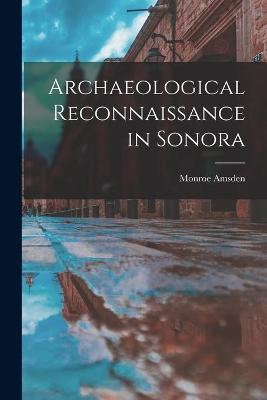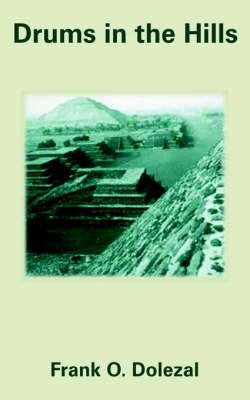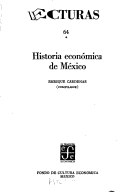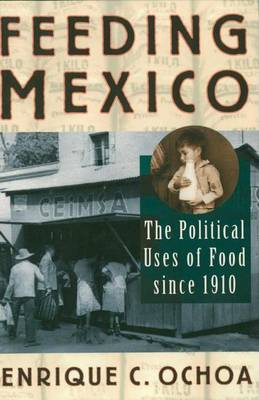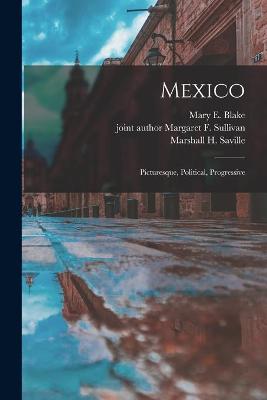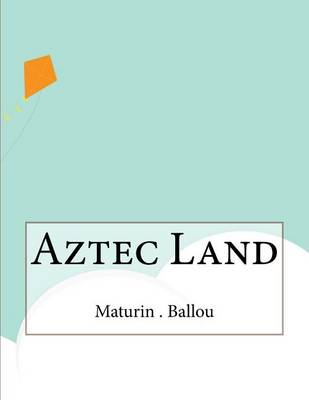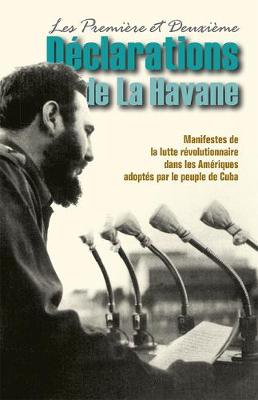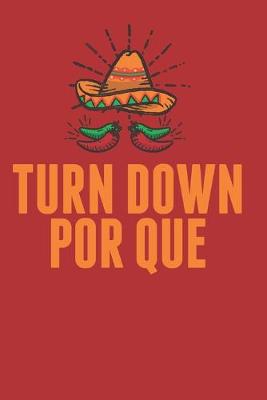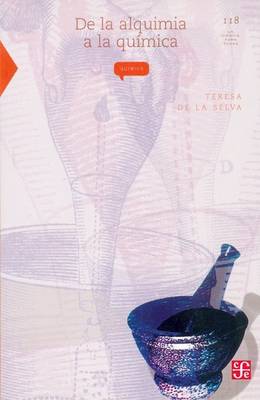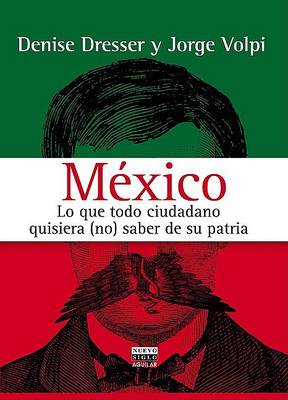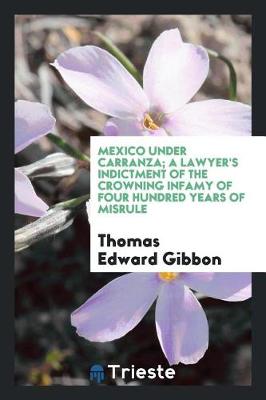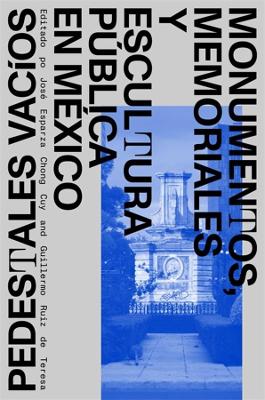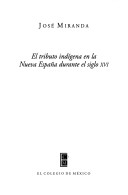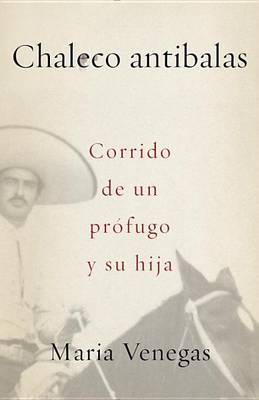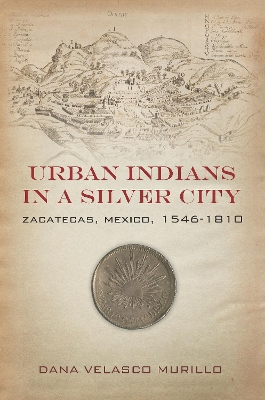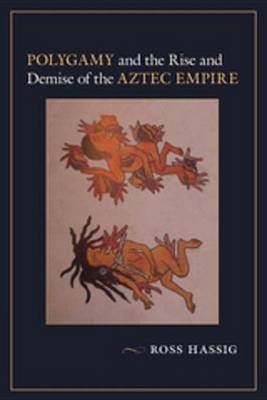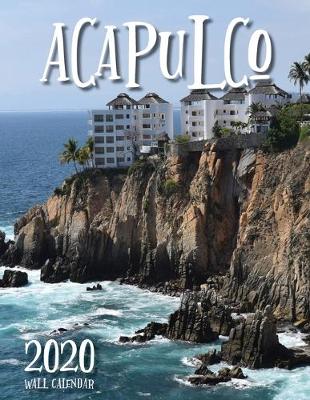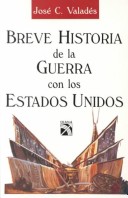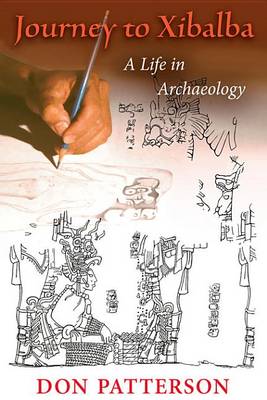Winner of the 1998 Michael C. Meyer Manuscript Prize! Feeding Mexico: The Political Uses of Food since 1910 traces the Mexican government's intervention in the regulation, production, and distribution of food from the days of Cardenas to the recent privatization inspired by NAFTA. Professor Ochoa argues that the real goals of the government's food subsidies were political, driven by presidential desires to court urban labor. Many of the agencies and policies were hastily set in place in response...
Mexico. Lo Que Todo Ciudadano Quisiera (No) Saber de Su Patria
by Denise Dresser and Jorge Volpi
Gestores de La Real Justicia (Estudios Historicos, H/231)
by Oscar Mazin and Oscar Mazin Gomez
Mexico Under Carranza; A Lawyer's Indictment of the Crowning Infamy of Four Hundred Years of Misrule
by Thomas Edward Gibbon
Pedestales vacíos
Empty Plinths: Monuments, Memorials, and Public Sculpture in Mexico responds to the unfolding political debate around one of the most significant public monuments in North America, Mexico City’s monument of Christopher Columbus on Avenida Paseo de la Reforma. In convening a diverse collective of voices around the question of the monument’s future, editors José Esparza Chong Cuy and Guillermo Ruiz de Teresa probe the unstable narratives behind a selection of monuments, memorials, and public sculp...
El Tributo Indigena En La Nueva Espana Durante El Siglo XVI (Estudios Historicos, H/019)
by Jose Miranda
"Tras catorce años de ausencia, Maria Venegas regresa a México, desde Estados Unidos, para visitar a su padre José en la hacienda donde él nació. Mientras pasan juntos una temporada, él comparte los recuerdos de su vida. Es así como Venegas consigue reconstruir el pasado doloroso, violento y enardecido de su padre: desde la última conversación que sostuvieron antes de que él fuera extraditado a México por asesinato, abandonándola a ella y a su familia en Chicago, hasta el orgullo que sintió la m...
Proudly Filipino Everyday Except on Cinco de Mayo
by Proud Nationality Cinco de Mayo
In the sixteenth century, silver mined by native peoples became New Spain's most important export. Silver production served as a catalyst for northern expansion, creating mining towns that led to the development of new industries, markets, population clusters, and frontier institutions. Within these towns, the need for labor, raw materials, resources, and foodstuffs brought together an array of different ethnic and social groups-Spaniards, Indians, Africans, and ethnically mixed individuals or c...
This provocative examination of Aztec marriage practices offers a powerful analysis of the dynamics of society and politics in Mexico before and after the Spanish conquest. The author surveys what it means to be polygynous by comparing the practice in other cultures, past and present, and he uses its demographic consequences to flesh out this understudied topic in Aztec history. Polygyny provided Aztec women with opportunities for upward social mobility. It also led to increased migration to Ten...
Breve Historia de La Guerra Con Los E.U.
by Valades Jose and Jose C Valades
When Don Patterson's twenty-seven-year-old daughter turned to him for advice about her professional future, Patterson in turn reflected on his almost thirty-year experience working on major archaeological sites in Mexico and Central America. His autobiographical account examines his professional journey, the people and institutions that made it possible, and the decisions, both good and bad, that he made along the way. Patterson draws from ancient Mayan mythology, weaving the tale of Hunahpu and...
